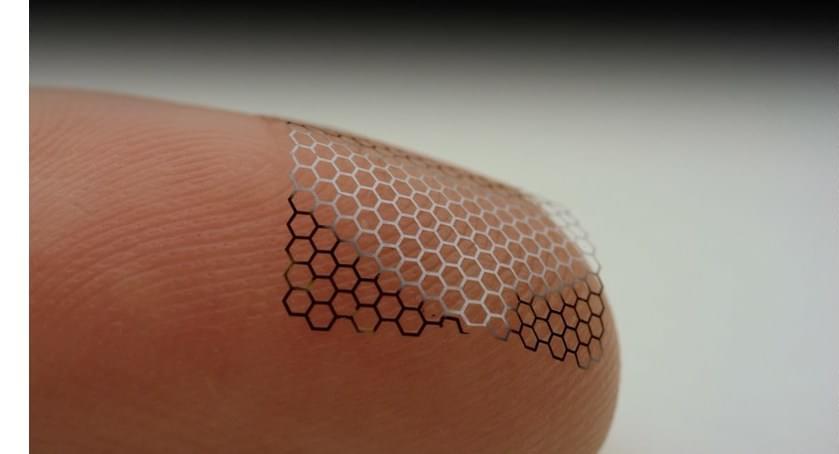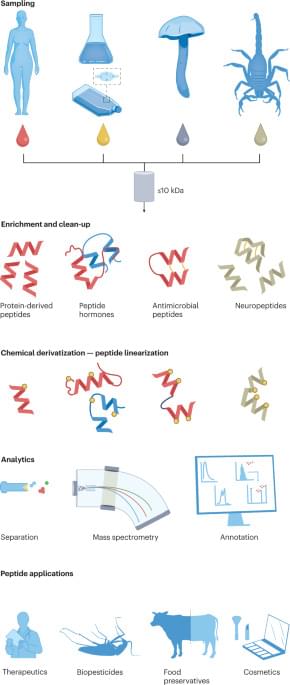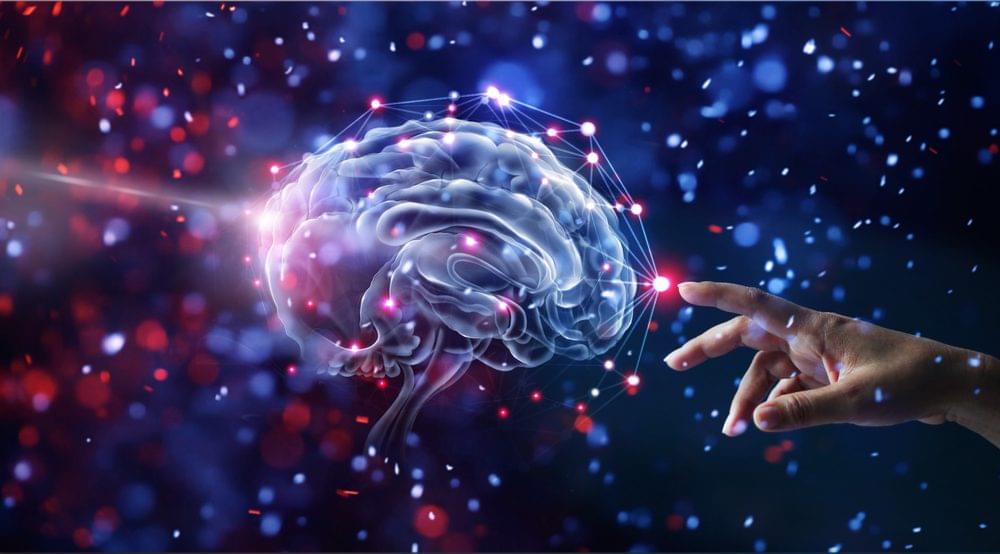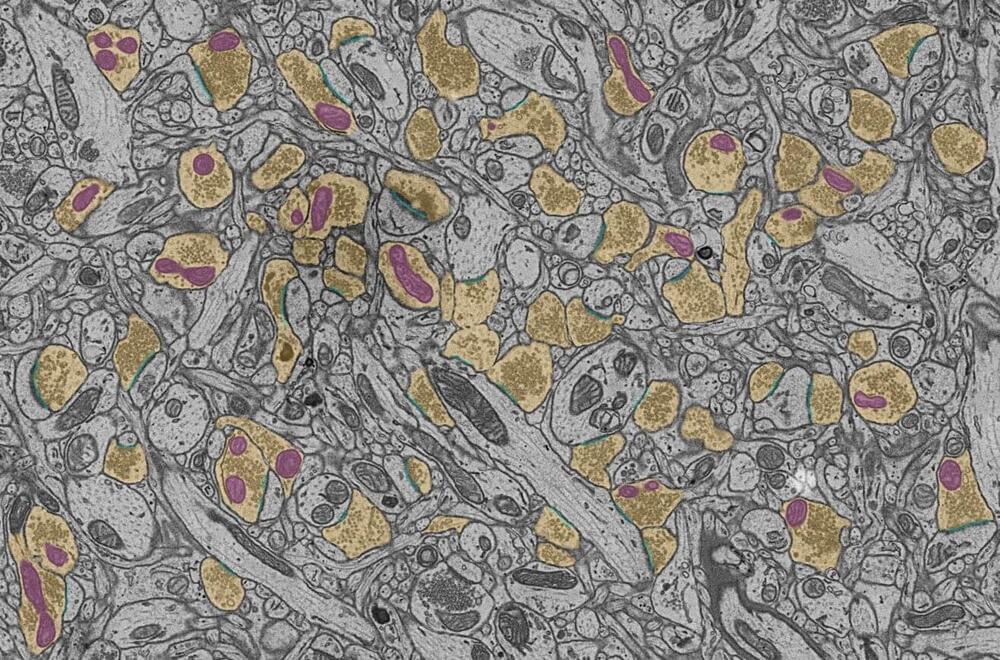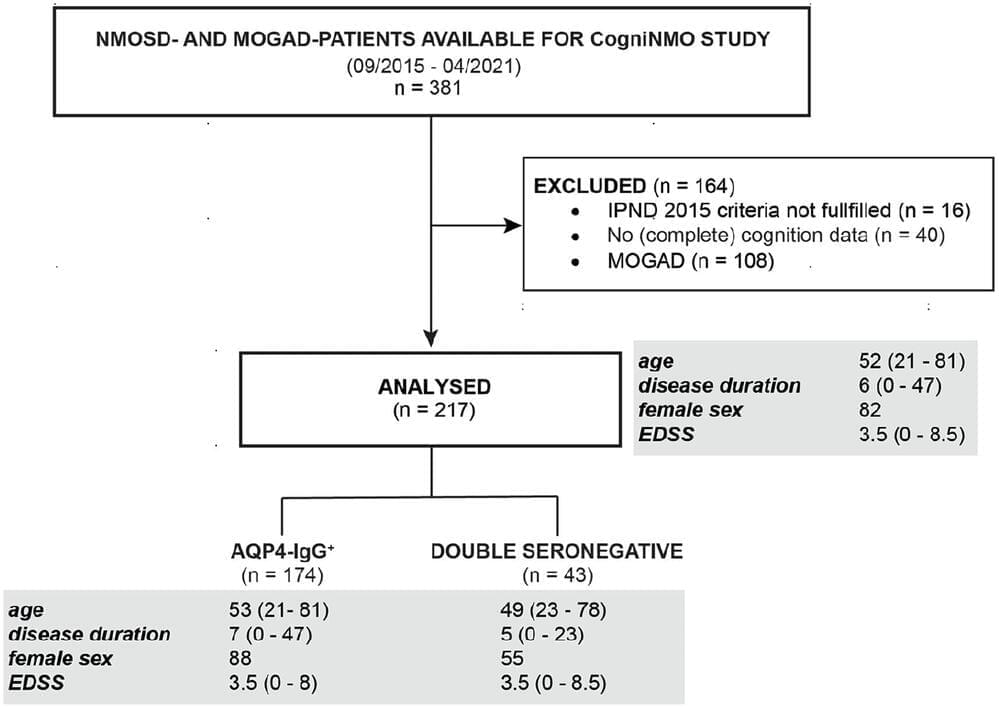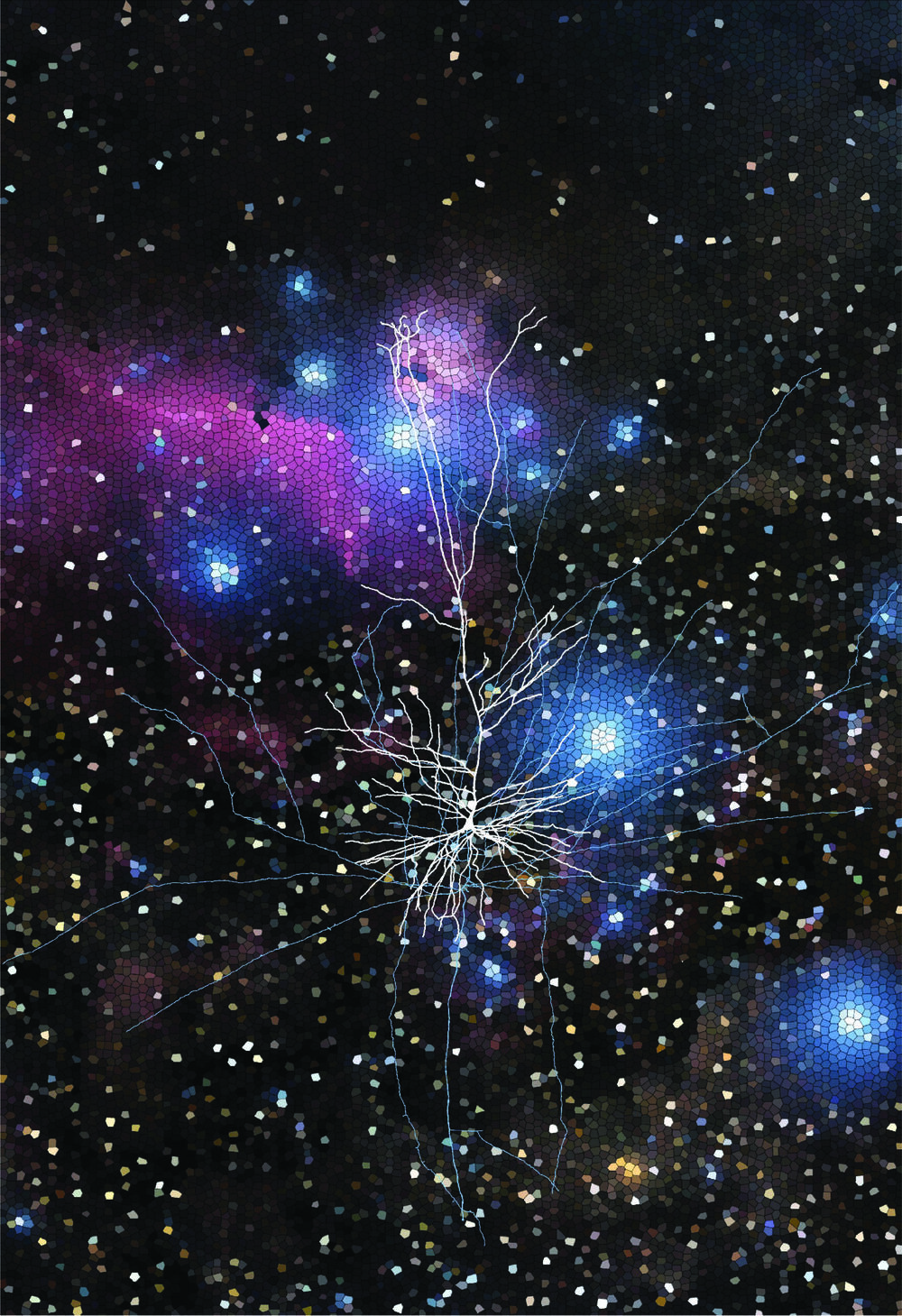Neuralace™ is a glimpse of what’s possible in the future of BCI.
This patent pending concept technology is the start of Blackrock’s journey toward whole-brain data capture–with transformative potential for the way neurological disorders are treated. With over 10,000 channels and a flexible lace structure that seamlessly conforms to the brain, Neuralace has potential applications in vision and memory restoration, performance prediction, and the treatment of mental health disorders like depression.
Neuralace is:
Ultra-High Channel Count | Wireless | Customizable | Flexible | Thinner than an eyelash.
The possibilities are endless… Whole-brain data capture | Seamless connectivity | Improved biocompatibility About Blackrock Neurotech Blackrock Neurotech is a team of the world’s leading engineers, neuroscientists, and visionaries. Our mission is simple: We want people with neurological disorders to walk, talk, see, hear, and feel again. We’re engineering the next generation of neural implants, including implantable brain-computer interface technology that restores function and independence to individuals with neurological disorders. Join us in changing lives today. Connect with us: Join Our Team | https://bit.ly/3bCsXRv LinkedIn | https://bit.ly/3PfifOL Twitter | https://bit.ly/3PfifOL Instagram | https://bit.ly/3bMaYrW Facebook | https://bit.ly/3JRc2av Clinical Trials | https://bit.ly/3A8QPWm Our site | https://blackrockneurotech.com.
Whole-brain data capture | Seamless connectivity | Improved biocompatibility.
About Blackrock Neurotech.
Blackrock Neurotech is a team of the world’s leading engineers, neuroscientists, and visionaries. Our mission is simple: We want people with neurological disorders to walk, talk, see, hear, and feel again. We’re engineering the next generation of neural implants, including implantable brain-computer interface technology that restores function and independence to individuals with neurological disorders. Join us in changing lives today.
Connect with us:
